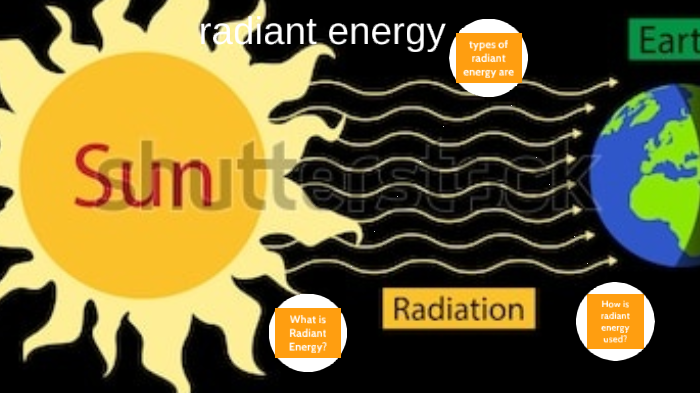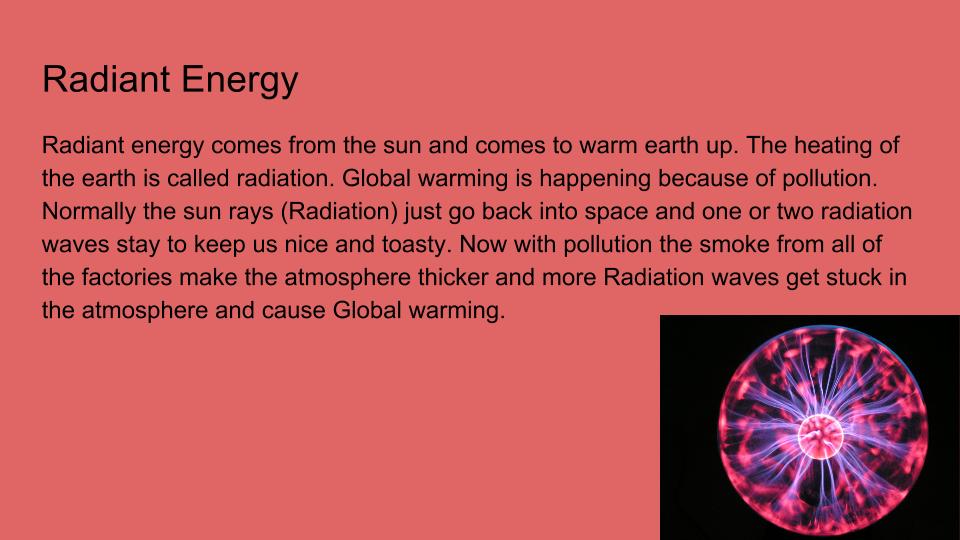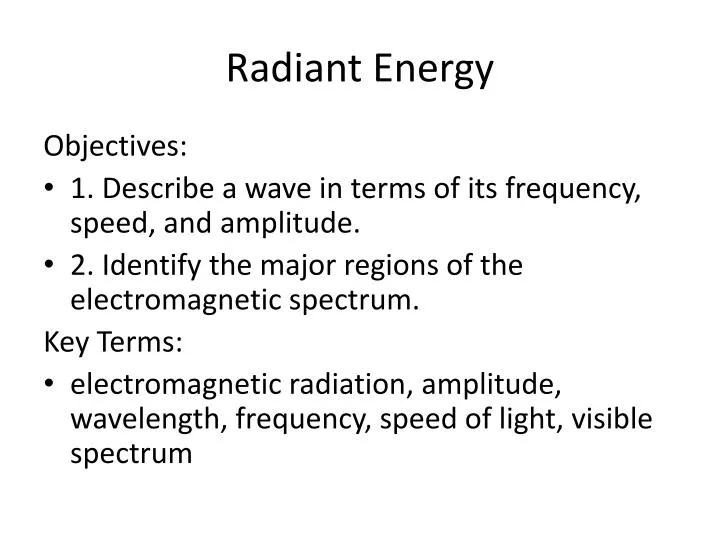
The 23.5° tilt in the Earth's axis of rotation is a more significant factor in determining the amount of sunlight striking the Earth at a particular location. However, the presence of vast oceans moderates the hotter summers and colder winters one would expect to see in the southern hemisphere as a result of this difference.

The Earth is nearer the sun when it is summer in the southern hemisphere and winter in the northern hemisphere. When the sun is nearer the Earth, the Earth's surface receives a little more solar energy. The Earth revolves around the sun in an elliptical orbit and is closer to the sun during part of the year. Because the Earth is round, the frigid polar regions never get a high sun, and because of the tilted axis of rotation, these areas receive no sun at all during part of the year. The more slanted the sun's rays are, the longer they travel through the atmosphere, becoming more scattered and diffuse. When the sun's rays are vertical, the Earth's surface gets all the energy possible. The amount of solar radiation that reaches any one spot on the Earth's surface varies according to:īecause the Earth is round, the sun strikes the surface at different angles, ranging from 0° (just above the horizon) to 90° (directly overhead). Basic PrinciplesĮvery location on Earth receives sunlight at least part of the year.

However, the technical feasibility and economical operation of these technologies at a specific location depends on the available solar resource. Solar radiation can be captured and turned into useful forms of energy, such as heat and electricity, using a variety of technologies. National Aeronautics and Space Administration.Solar radiation, often called the solar resource or just sunlight, is a general term for the electromagnetic radiation emitted by the sun. "Introduction to the Electromagnetic Spectrum" NASA Science. Retrieved, from NASA Science website: MLA Introduction to the Electromagnetic Spectrum.


National Aeronautics and Space Administration, Science Mission Directorate. Top of Page | Next: Anatomy of an Electromagnetic Wave Instruments have to be positioned above Earth's energy-absorbing atmosphere to "see" higher energy and even some lower energy light sources such as quasars. While our atmosphere is essential to protecting life on Earth and keeping the planet habitable, it is not very helpful when it comes to studying sources of high-energy radiation in space. These regions of the spectrum with wavelengths that can pass through the atmosphere are referred to as "atmospheric windows." Some microwaves can even pass through clouds, which make them the best wavelength for transmitting satellite communication signals. Some radiation, such as visible light, largely passes (is transmitted) through the atmosphere. Seeing Beyond our Atmosphere - NASAspacecraft, such as RHESSI, provide scientistswith a unique vantage point, helping them"see" at higher-energy wavelengths that areblocked by the Earth's protective atmosphere.Įlectromagnetic radiation is reflected or absorbed mainly by several gases in the Earth's atmosphere, among the most important being water vapor, carbon dioxide, and ozone.


 0 kommentar(er)
0 kommentar(er)
